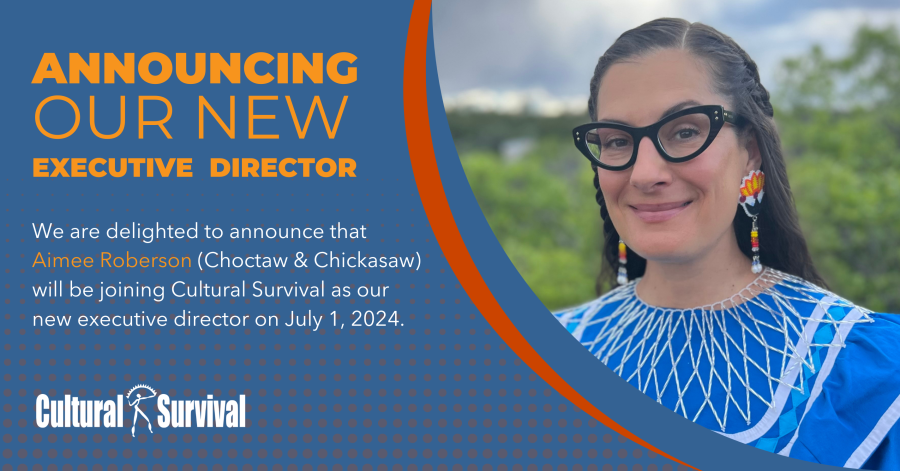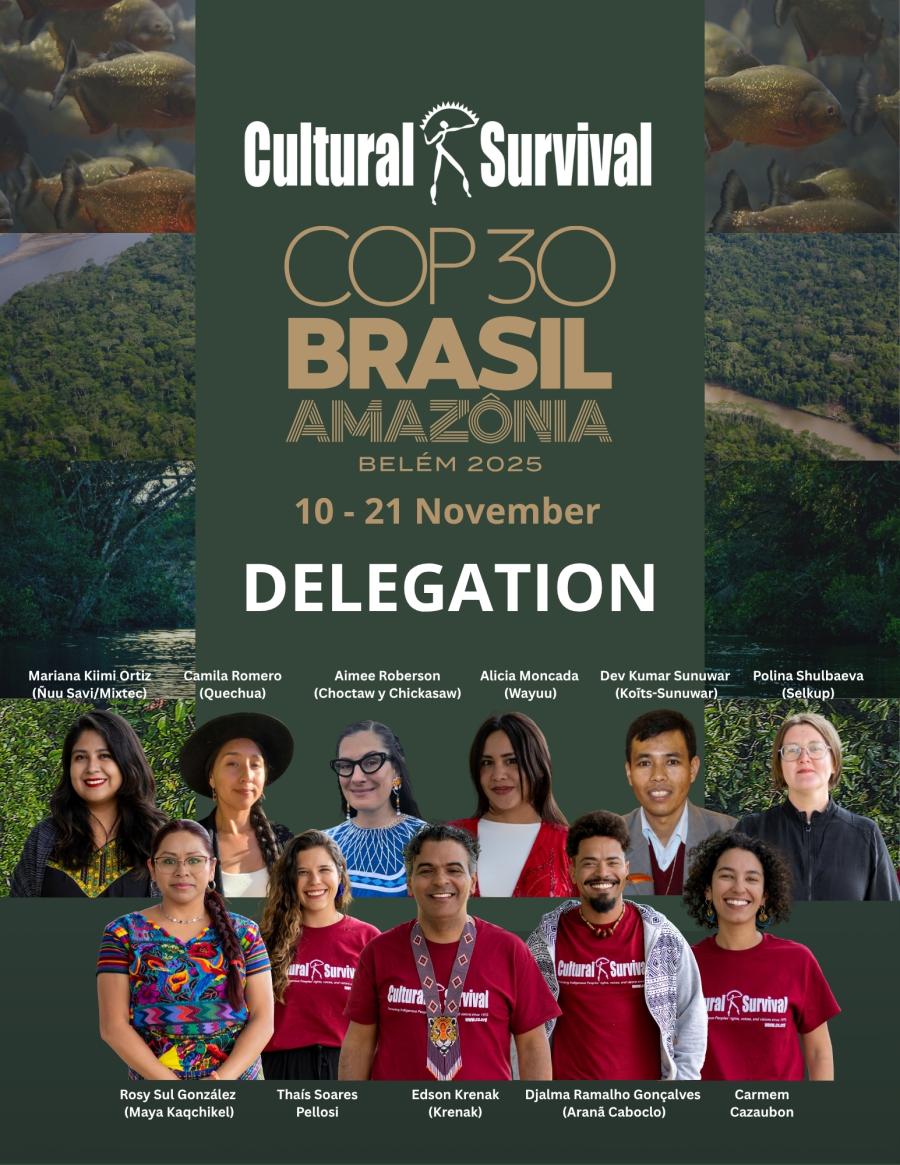
By Johanna Rincon
The overrepresentation of Indigenous people in incarceration is at epidemic proportions in many regions of the world. In Australia, Aboriginal people make up only 2.3 percent of the total population, yet make up over 28 percent of Australia’s prison population. Aboriginal people across Australia are 14 times more likely to be imprisoned than non-Aboriginals. In Canada, the Indigenous incarceration rate is 10 times higher than for non-Indigenous adults, with Indigenous people making up 4percent of the Canadian population yet making up 23.2 percent of federal inmate population. In the United States, states with high Native American populations also have high incarceration rates. In Montana, Native Americans constitute 6 percent of the population, but 20 percent of the prison population, with Native American women making up 32 percent of the incarcerated women in the state, an incarceration rate 4 times higher than non-Natives. Questions to consider: Why are the rates of incarceration disproportionally high for Indigenous peoples? What can be done to change these grim statistics?
In July 2013, members of the United Nations Expert Mechanism on the Rights of Indigenous Peoples (EMRIP), along with representatives of States, Indigenous Peoples, NGOs, human rights institutions, academics and UN Bodies gathered in Geneva, Switzerland, at the Sixth Session of the Expert Mechanism on the Rights of Indigenous Peoples. The five-day session, with an objective of preparing for the upcoming World Conference on Indigenous Peoples in September 2014, focused broadly on Indigenous Peoples’ access to justice.
The Expert Mechanism on the Rights of Indigenous Peoples, established by the UN Human Rights Council in 2007, provides the Council with thematic advice, in the form of studies and research, on the rights of Indigenous Peoples. The Expert Mechanism has thus far conducted studies on Indigenous Peoples’ right to education, the right to participate in decision making, the role of languages and culture in the promotion and protection of the rights and identity of Indigenous Peoples, and best practices on appropriate measures and implementation strategies in order to attain the goals of the United Nations Declaration on the Rights of Indigenous Peoples.
In 2012, the Human Rights Council requested that the Expert Mechanism study Indigenous Peoples’ access to justice in the promotion and protection of the rights of Indigenous Peoples and as is customary, the Council called for submissions from stakeholders. In a call for submissions, the Council noted the “gravity of the issues facing Indigenous Peoples, including discrimination against Indigenous peoples in criminal justice systems, particularly for Indigenous women and youth.” And stated, “ Overrepresentation of Indigenous Peoples in incarceration is a global concern.”
The Sixth Session opened with remarks from Marcia V.J. Kran with the Office of the United Nations High Commissioner for Human Rights noting that while access to justice is firmly rooted in the UN Declaration on the Rights of Indigenous Peoples, “for many Indigenous Peoples obtaining access to justice may still seem like a distant goal." Kran acknowledged how “Indigenous Peoples are often overrepresented in all contact with the criminal justice system: they are more likely to be victims of crimes… they are more likely to have contact with police, to be charged with offences, convicted of offenses and receive harsher sentences.”
The right of access to justice is commonly tied to article 8 of the Universal Declaration of Human Rights, which states that “everyone has the right to an effective remedy by competent national tribunals for acts violating the fundamental rights granted to him by the constitution or by law.” The UN Declaration on the Rights of Indigenous Peoples further expands and elaborates upon the right of access to justice articulating Indigenous Peoples’ rights to develop and maintain their own customs, traditions, and judicial systems. The right of access to justice is linked to other human rights issues with the studying determining that “access to justice cannot be examined in isolation from other human rights issues, including structural discrimination, poverty, lack of access to health and education, and lack of recognition of rights to culture and lands, territories and resources.”
In his remarks, UN Special Rapporteur on The Right of Indigenous Peoples, James Anaya made the link clear between the structural dimensions and historical context that must be taken into account when trying to increase access to justice for indigenous peoples. Speaking at the session, Anaya remarked how through his own work he has seen firsthand how Indigenous people are harmed by justice systems external to their own, mainly the State justice system, a system very different from Indigenous models. In addition to high levels of incarceration rates, the State justice system also presents other obstacles for Indigenous peoples including the lack of financial resources for adequate legal representation, a lack of access to justice systems in remote areas, and inadequate provision of culturally appropriate justice services, including translation services.
In the recommendations, conclusions and advice from studies completed by the Expert Mechanism on the Rights of Indigenous Peoples, the EMRIP calls on States to take a “rights-based and culturally appropriate approach to public safety and access to justice guided by Indigenous Peoples’ laws and justice systems.” It also calls for the training of law enforcement and judicial officials on Indigenous Peoples’ rights. The use of transitional justice mechanisms, such as truth commissions, which allow for administration of justice through prosecutions, truth-seeking, reparations programs, institutional reforms was also endorsed. Anaya noted that was needed was a “flexible approach” when it came to access to justice, one that increased respect for Indigenous Peoples’ own justice systems in both of recognizing and assigning value to these systems. Anaya noted that, “state responses that limit Indigenous control run the risk of undermining Indigenous self-determination and have been shown to be less effective long-term solutions, generally speaking, in comparison to judicial responses to problems that Indigenous Peoples themselves control.”
The full EMRIP study on access to justice in the promotion and protection of the rights of Indigenous Peoples can be viewed here:
http://www.ohchr.org/Documents/Issues/IPeoples/EMRIP/Session6/A-HRC-EMRIP-2013-2_en.pdf



